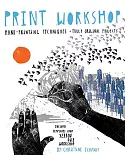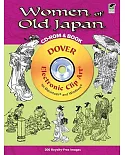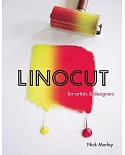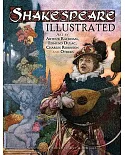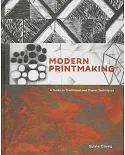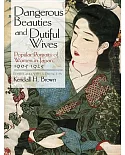Japanese Ukiyo-e master Tsukioka Yoshitoshi (1839-1892) is considered by many to be Japan’s last great woodblock artist, and his final work, the series One Hundred Aspects of the Moon, is
regarded as his greatest achievement. Yoshitoshi’s artistic career traces a period of social and political change in Japan, which opened its doors to trade with the West in 1853, the year that
he published his first woodblock print. As tumult shook the foundations of old Japan, Yoshitoshi cleaved to tradition in his choice of subject matter, drawing upon literature, history, and
mythology, the warrior class, and the Buddhist notion of "the floating world" to preserve and celebrate Japanese culture before modernism. In one hundred views and commentaries, the artist used
the popular woodblock print form to depict everyday Japanese concerns and the collective apprehension about a future not yet clarified.


